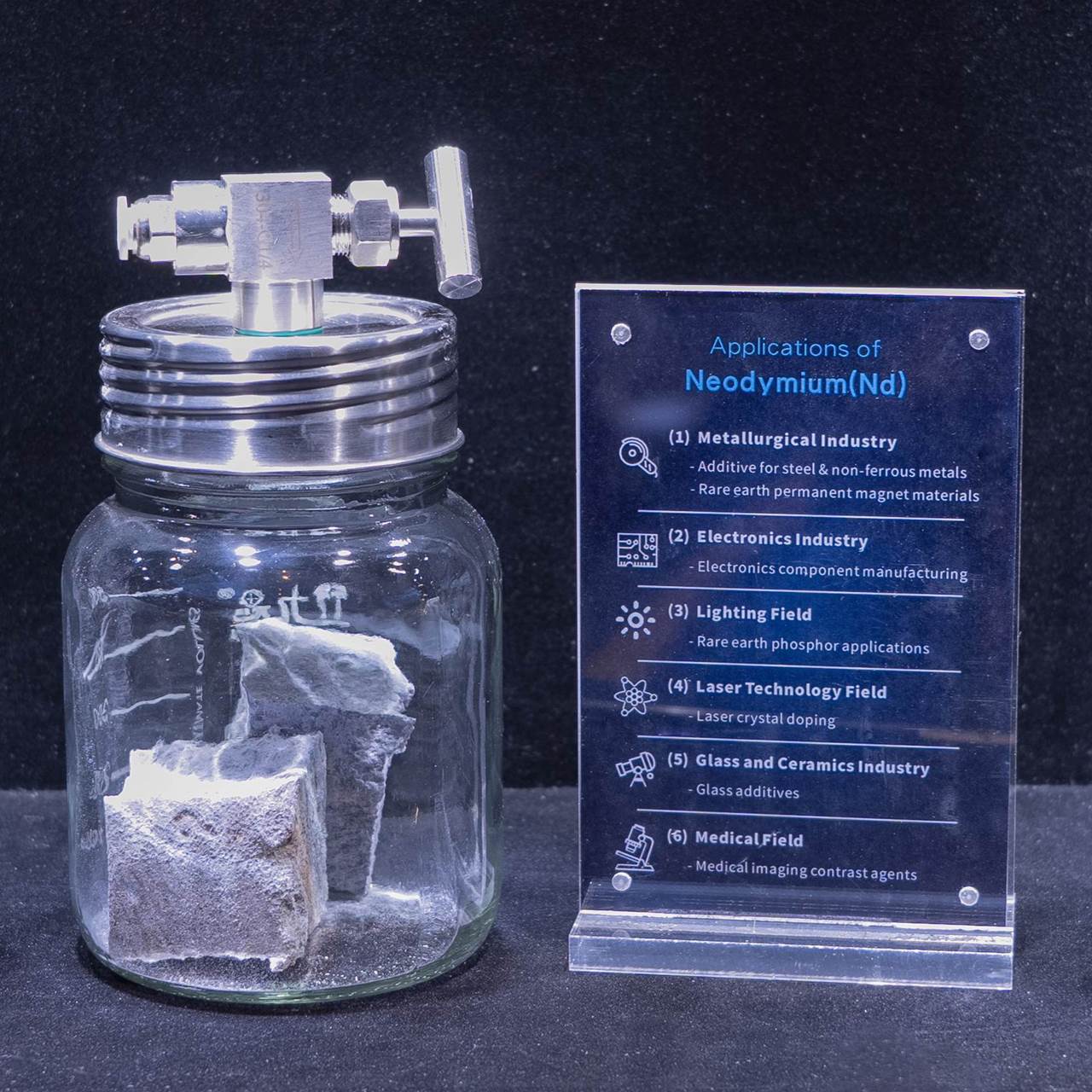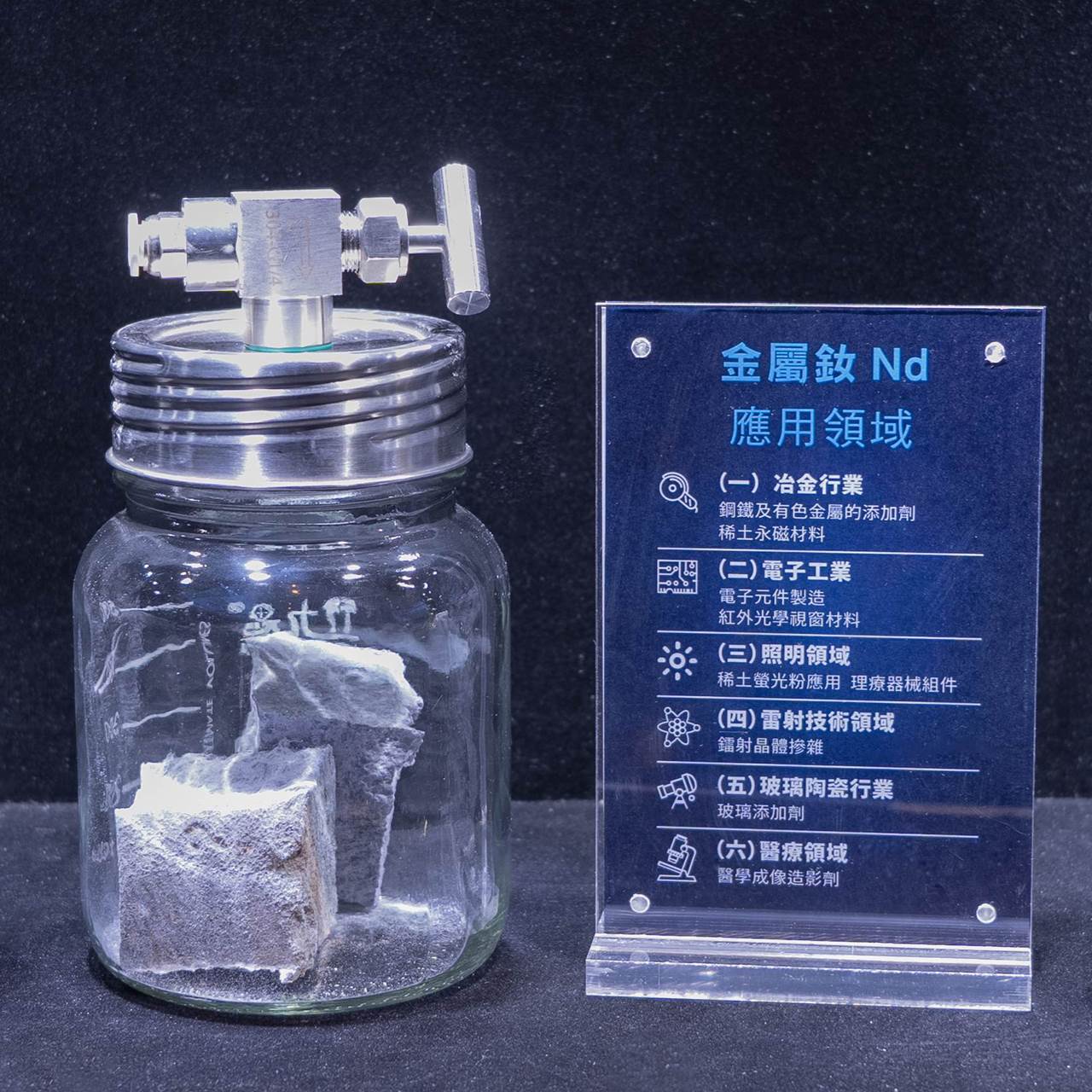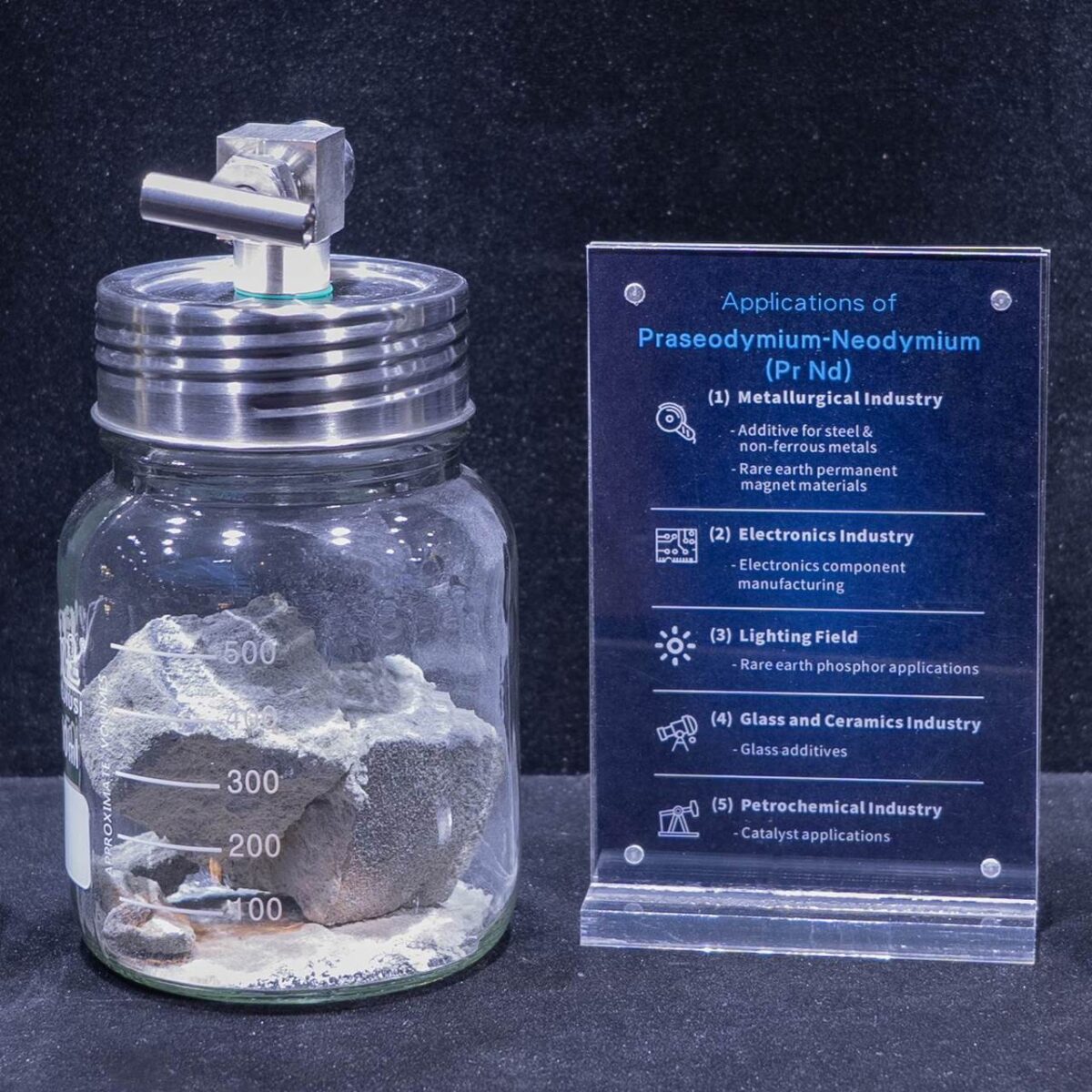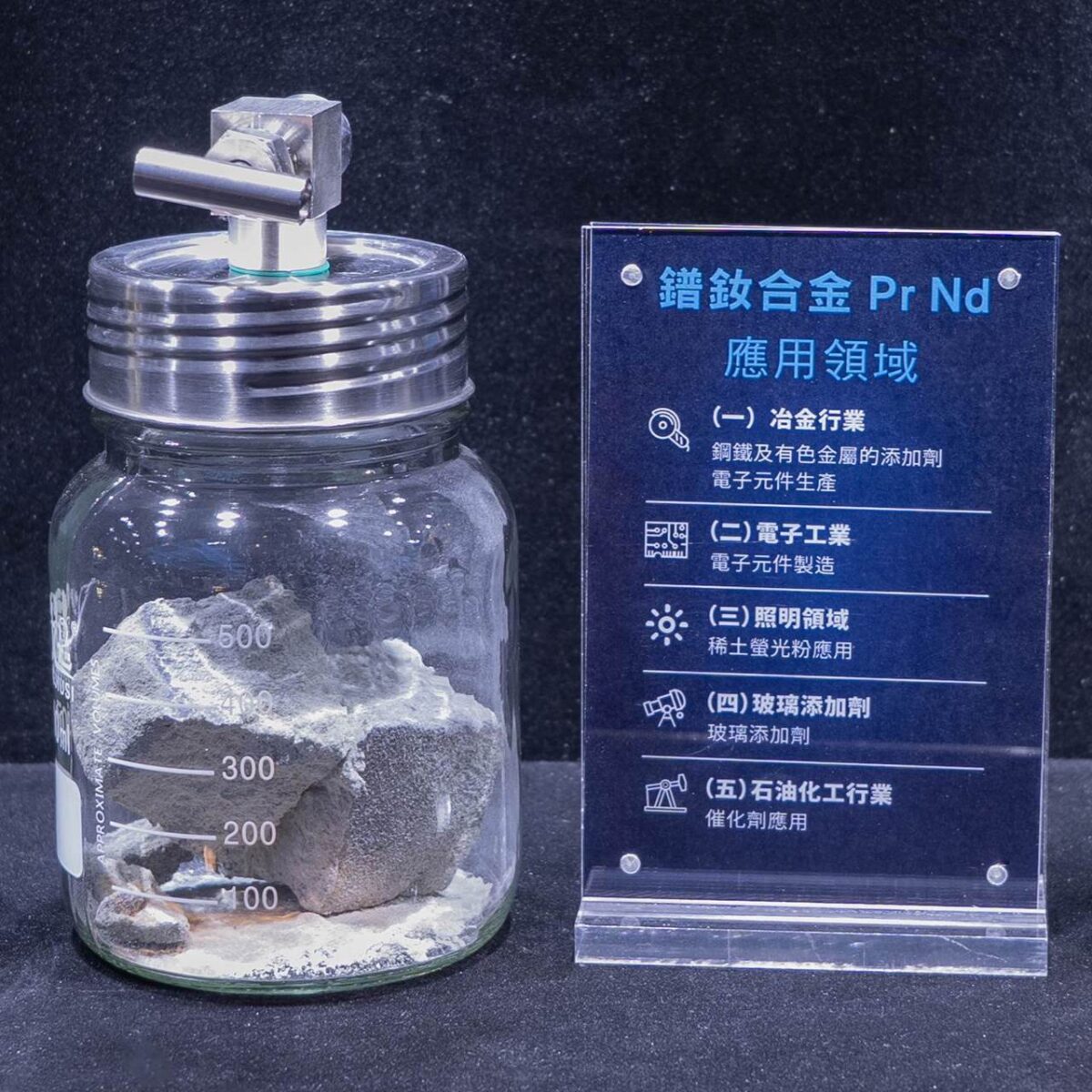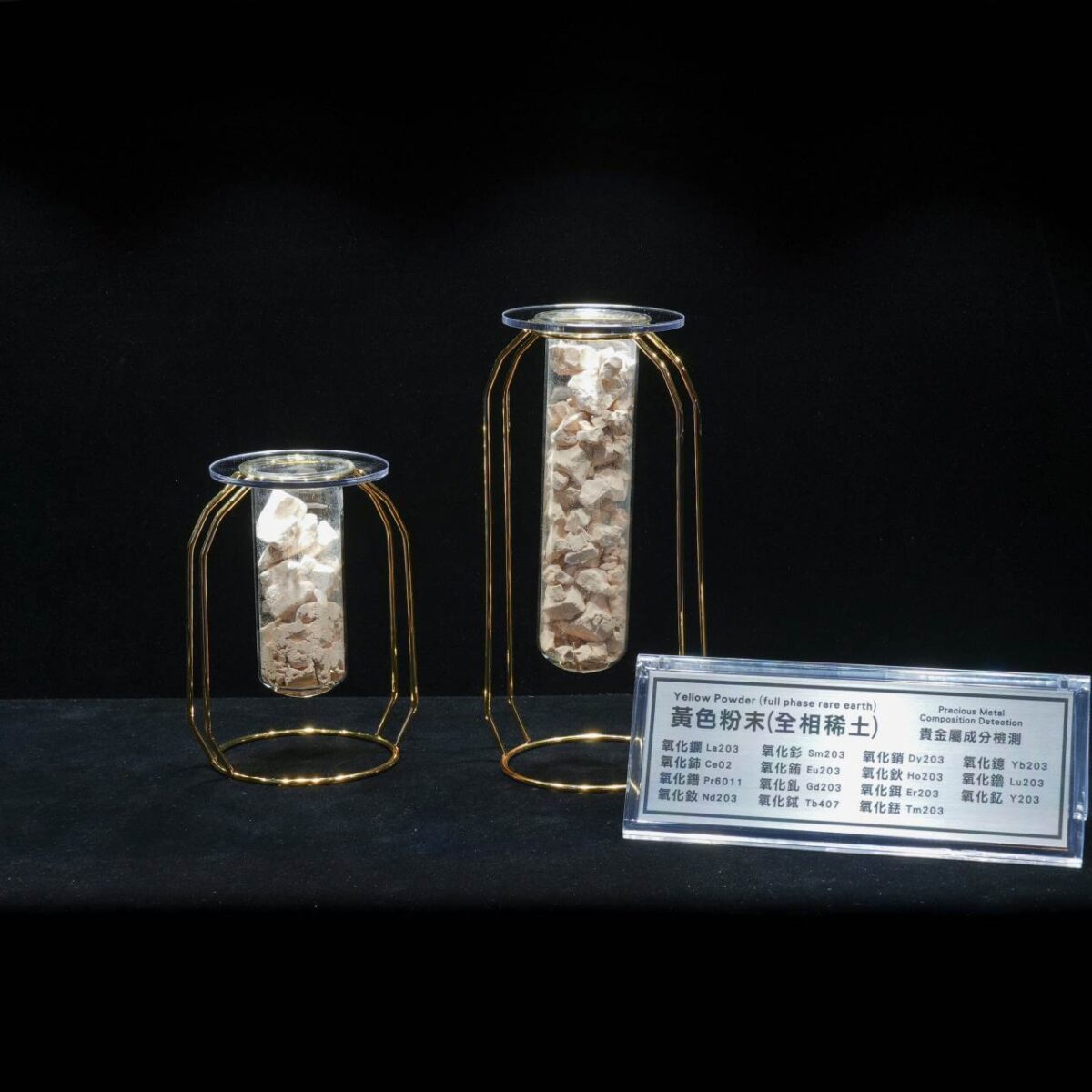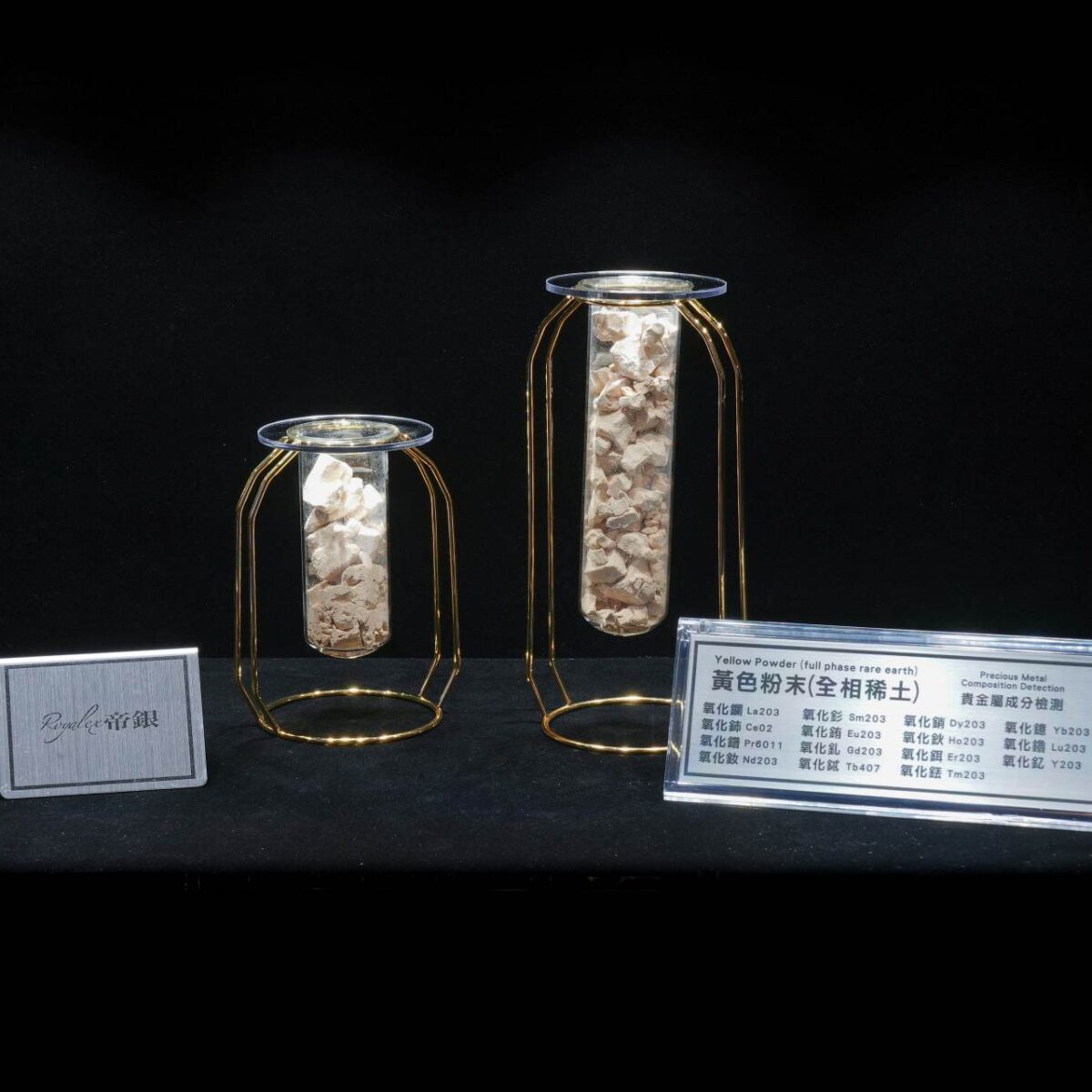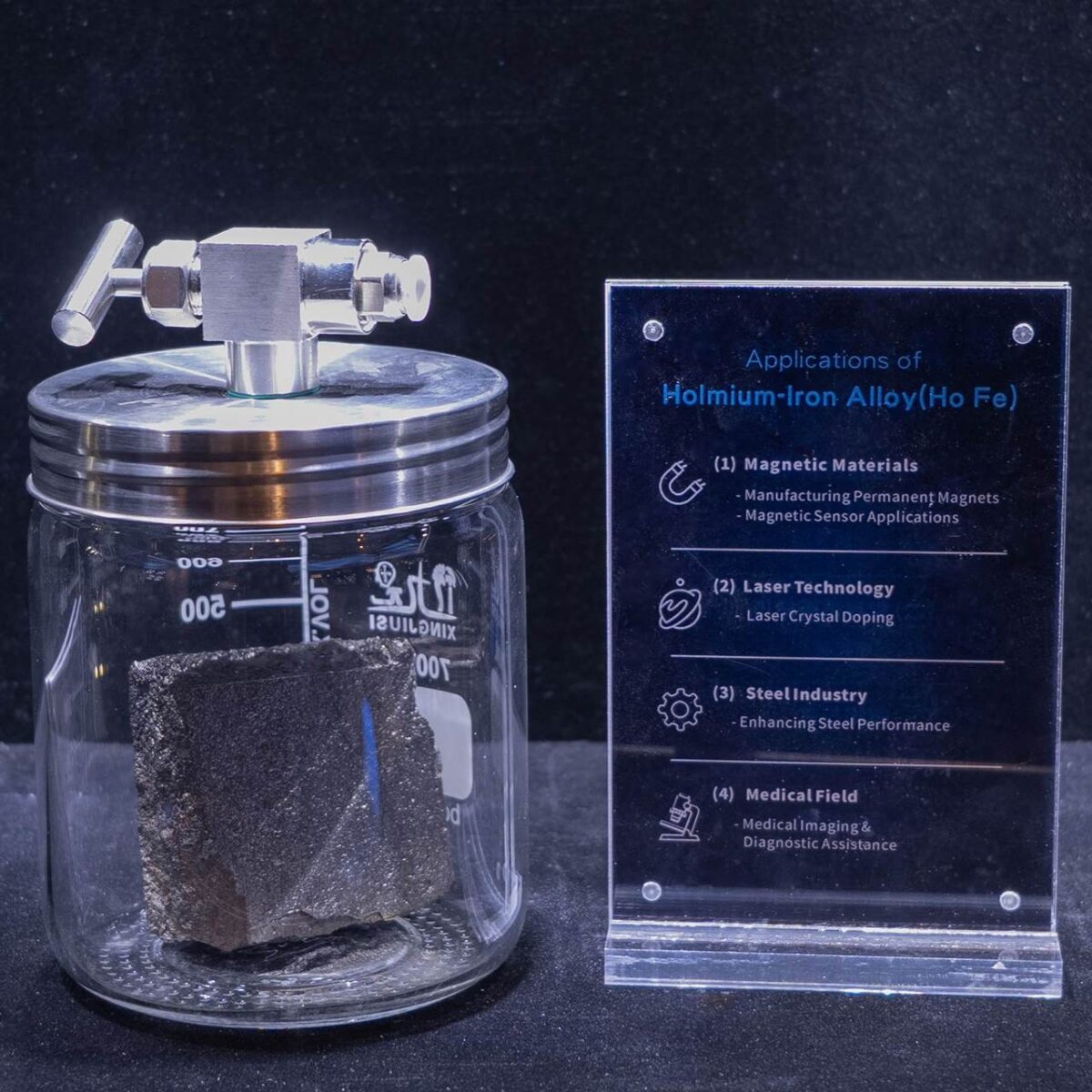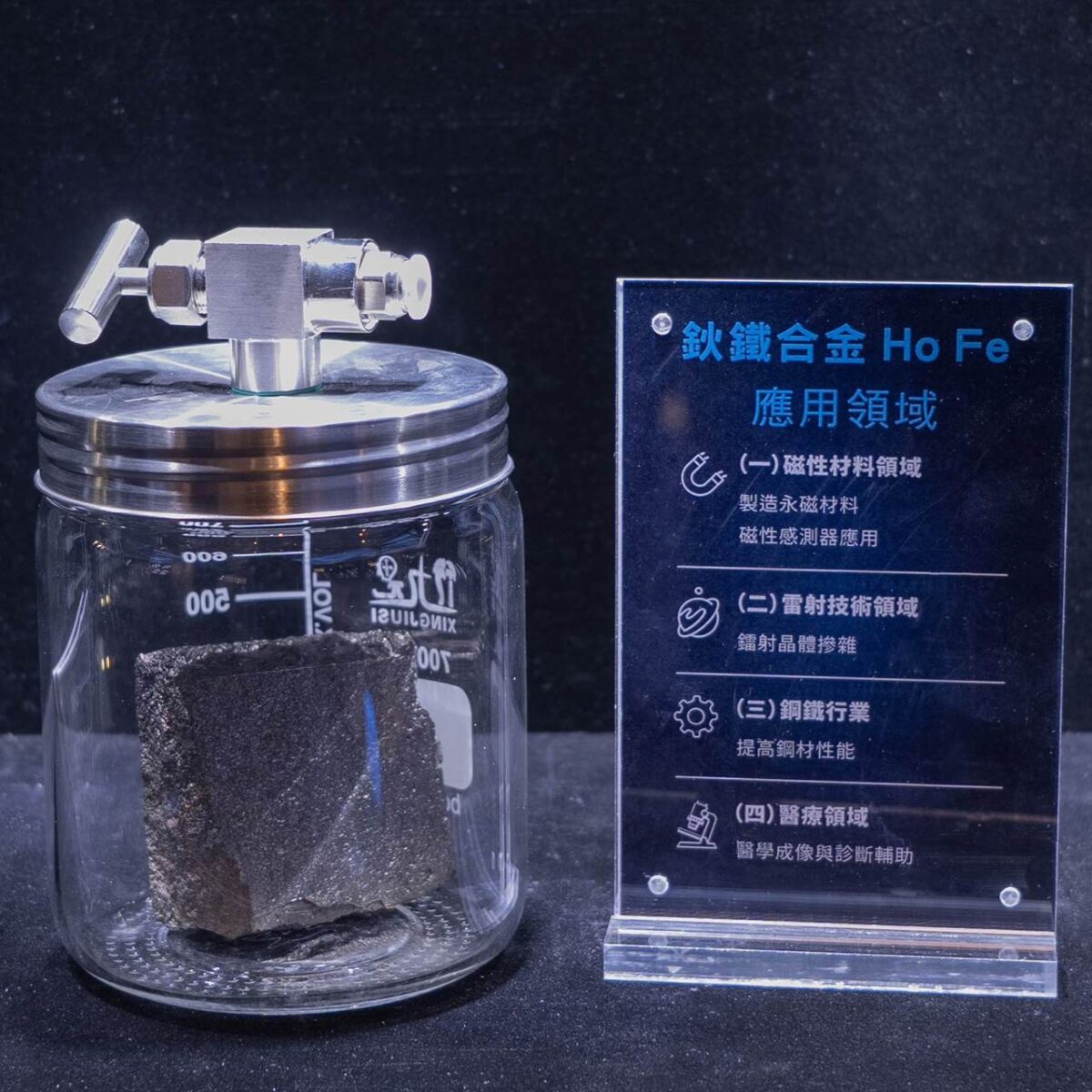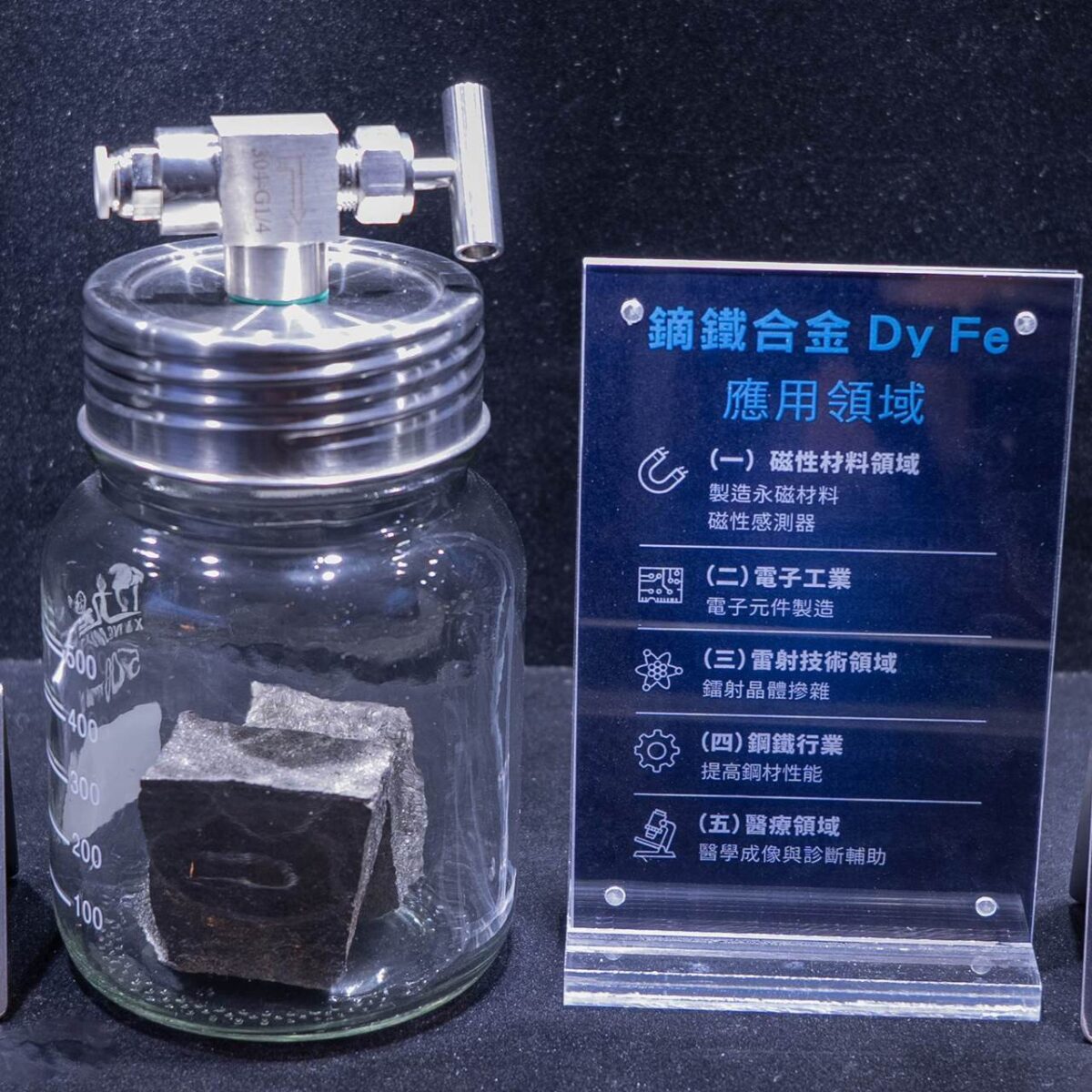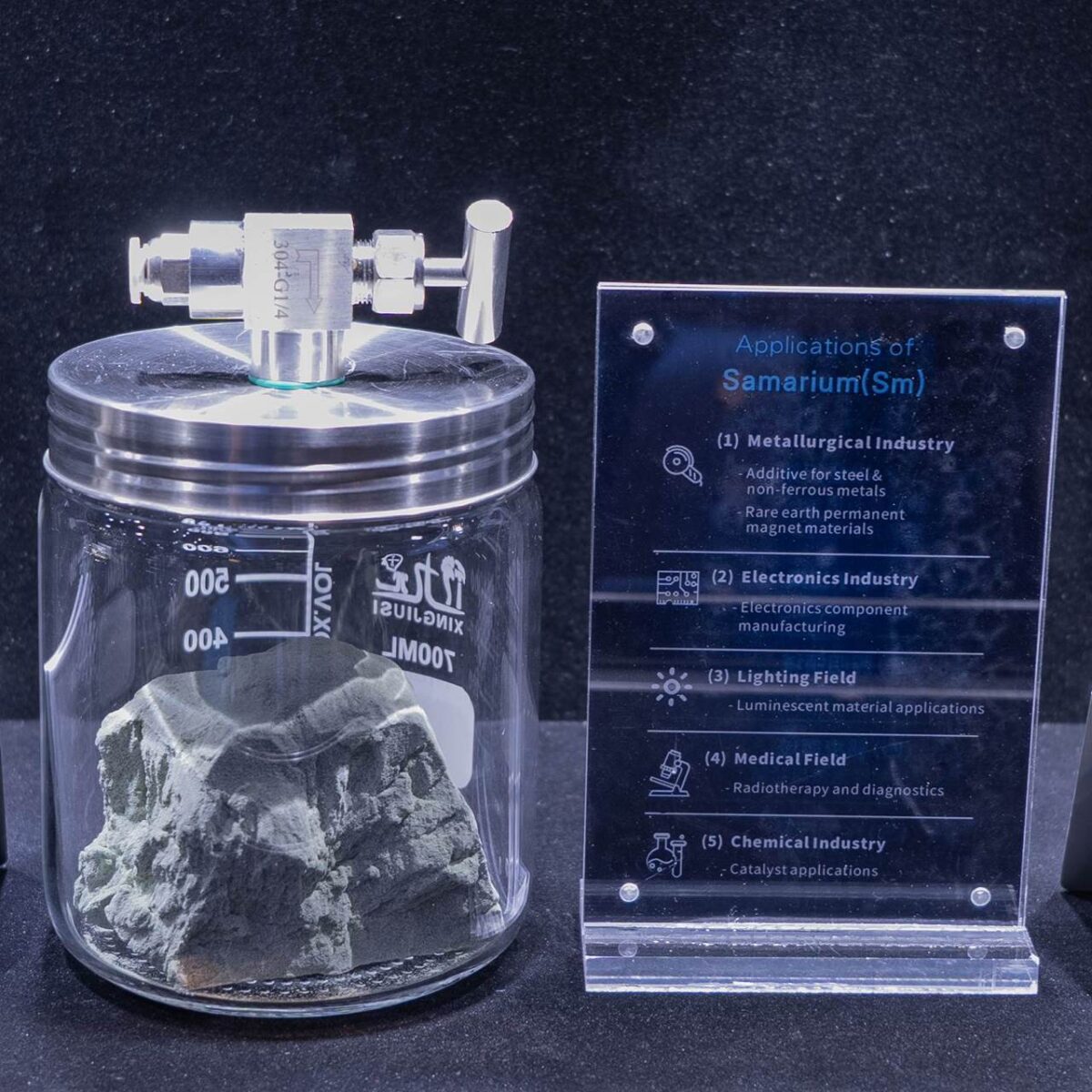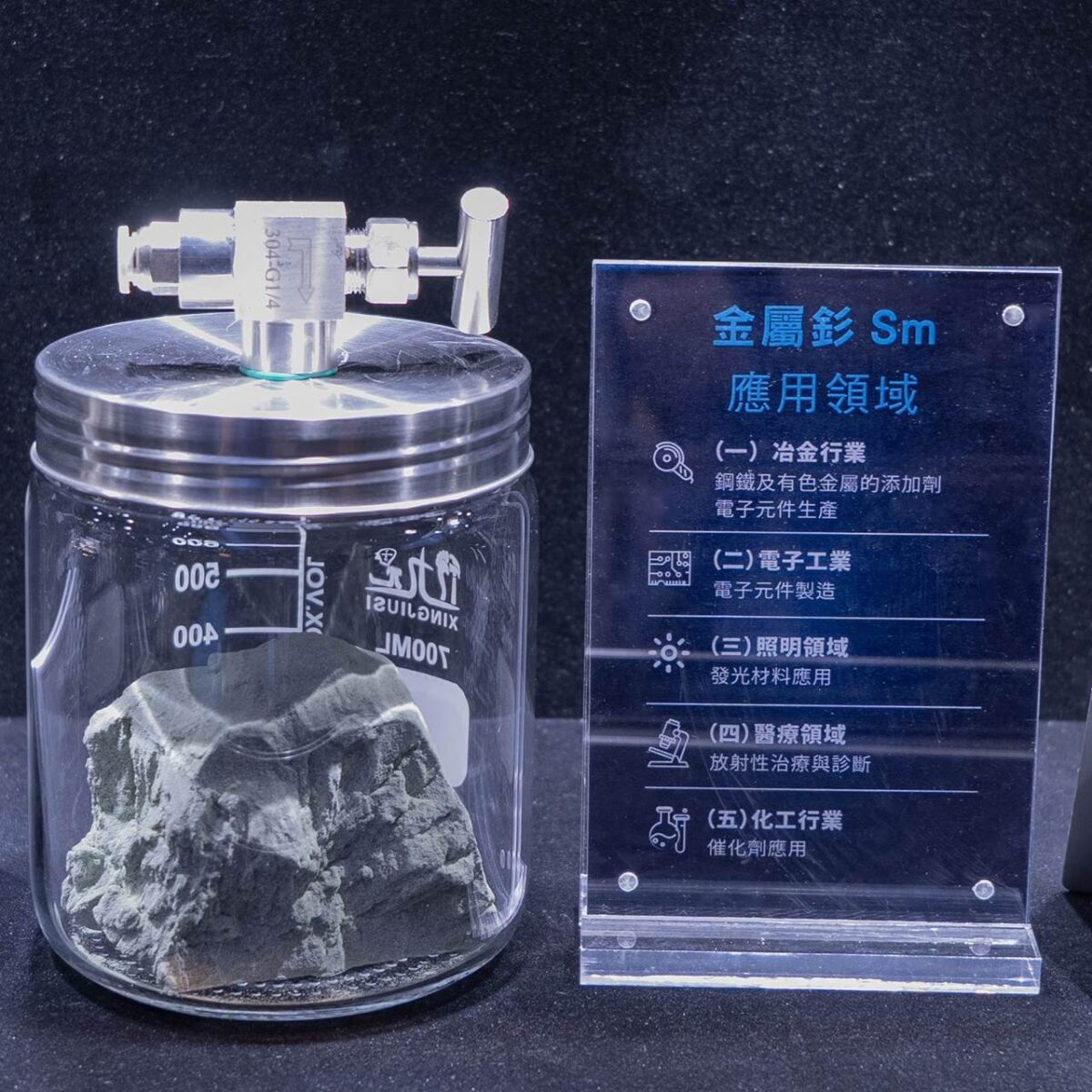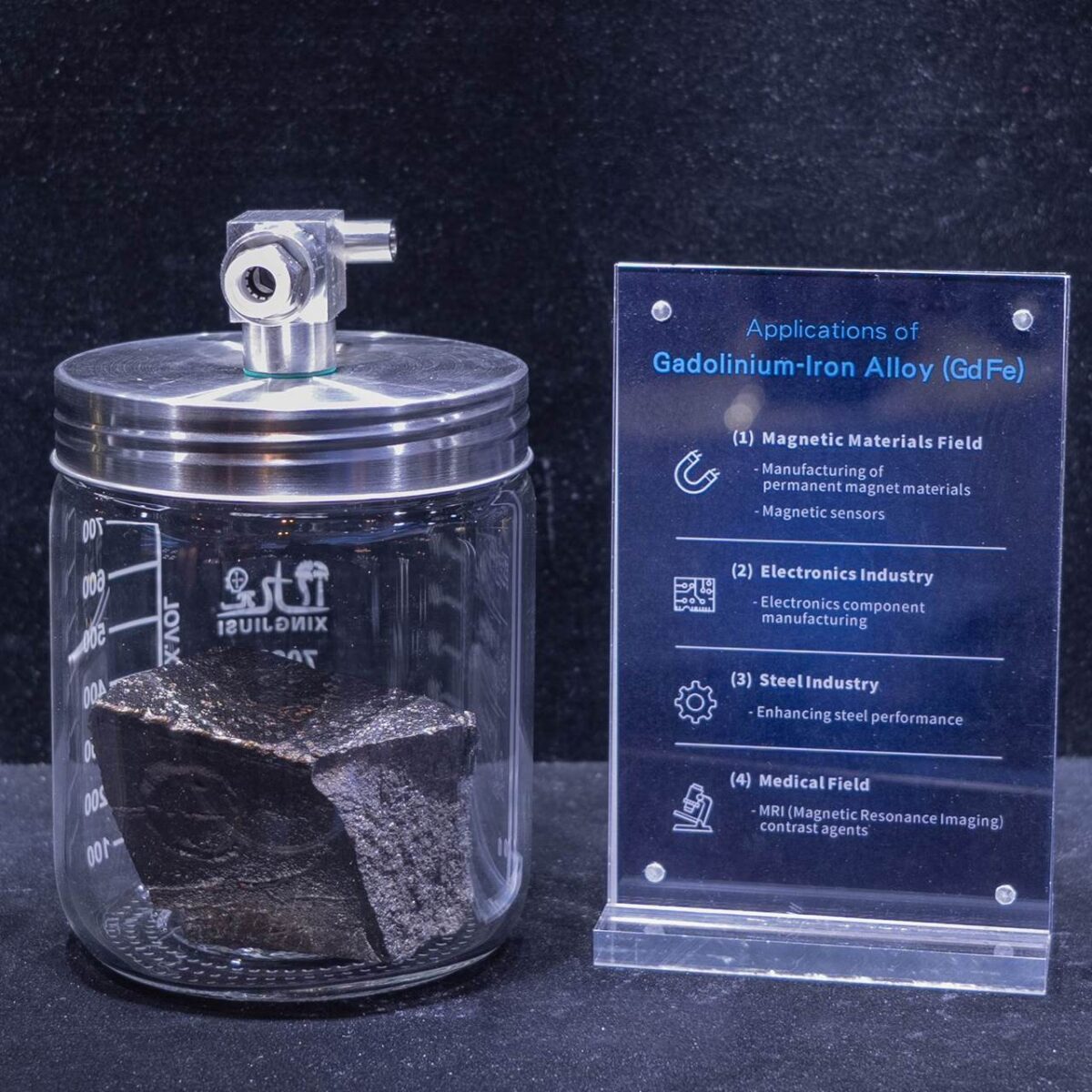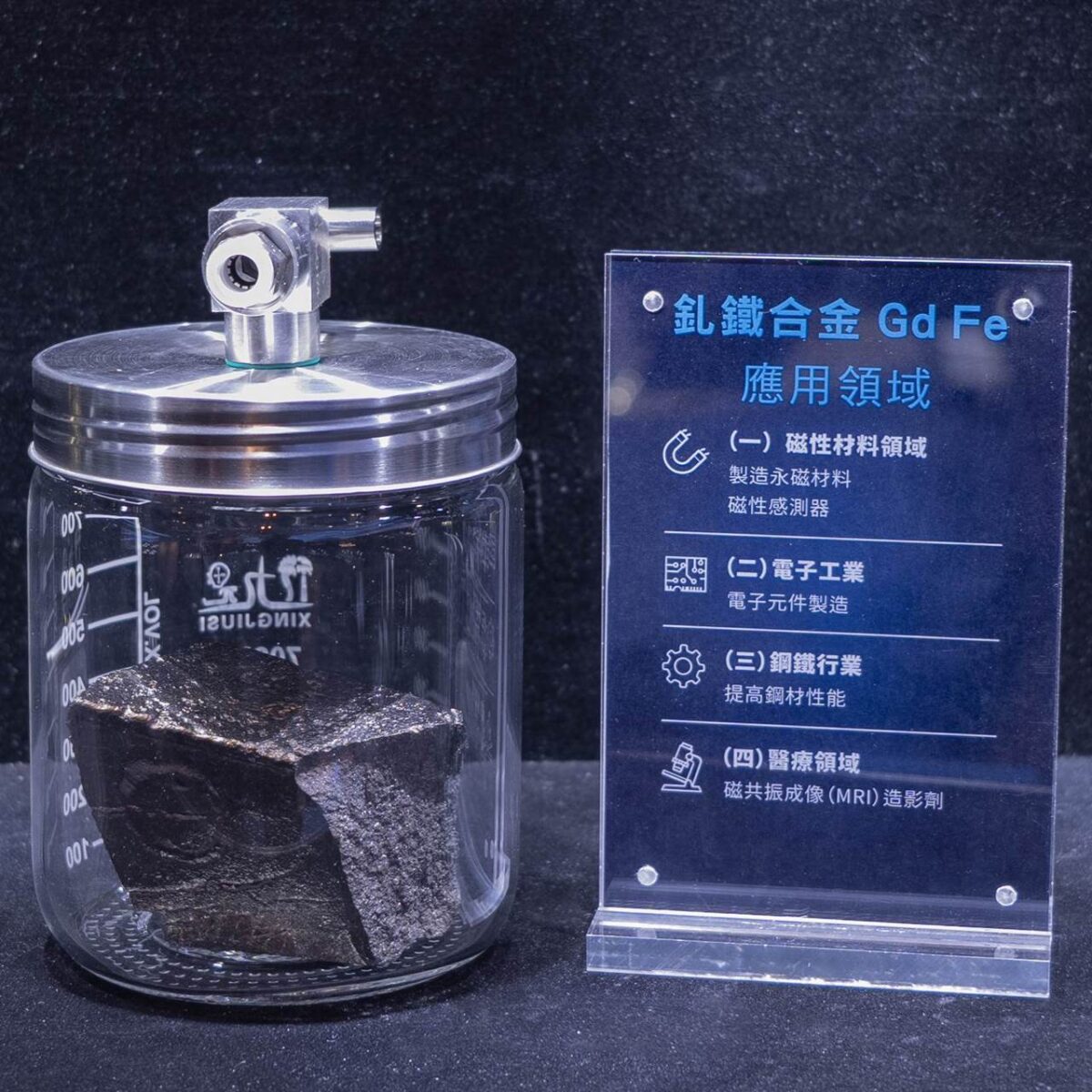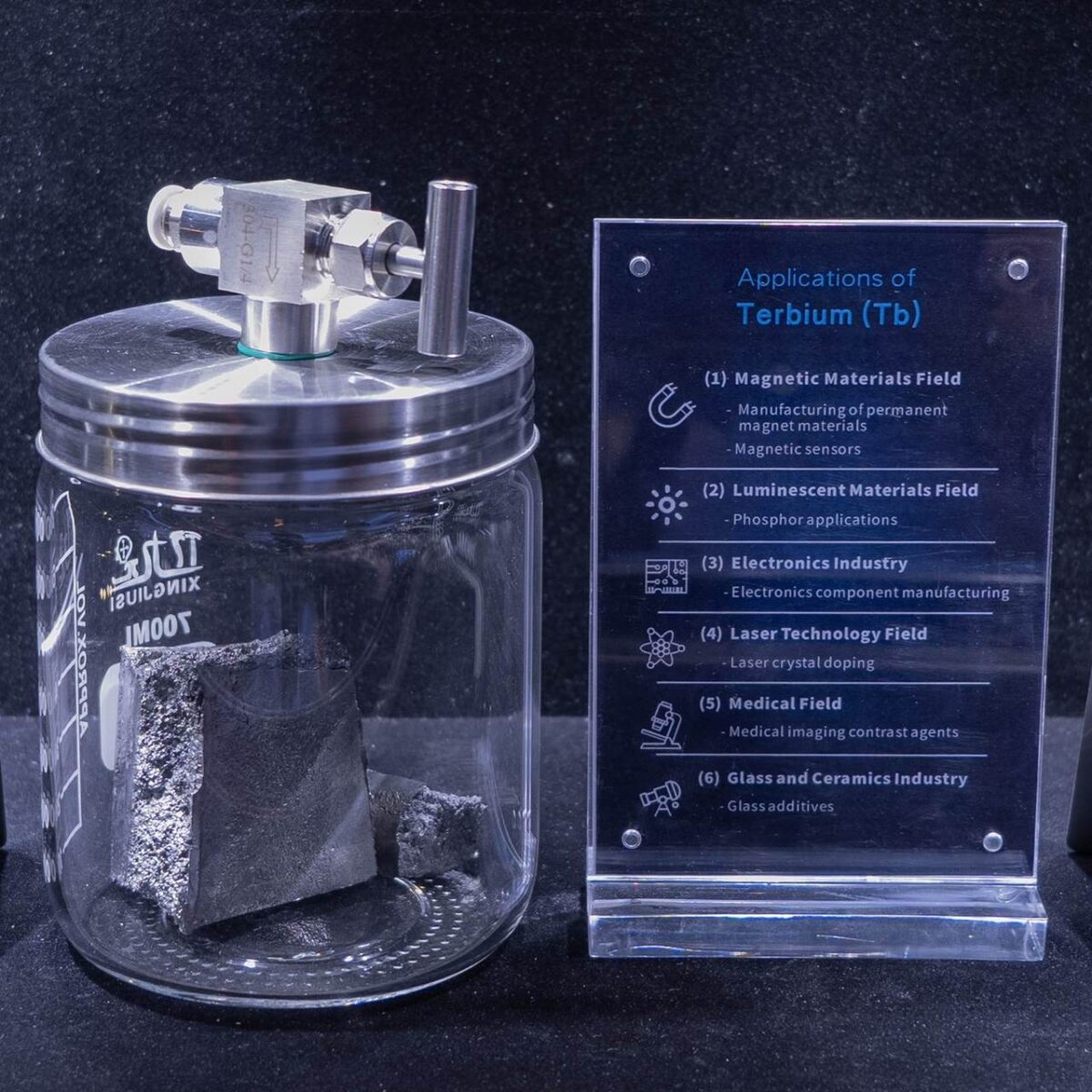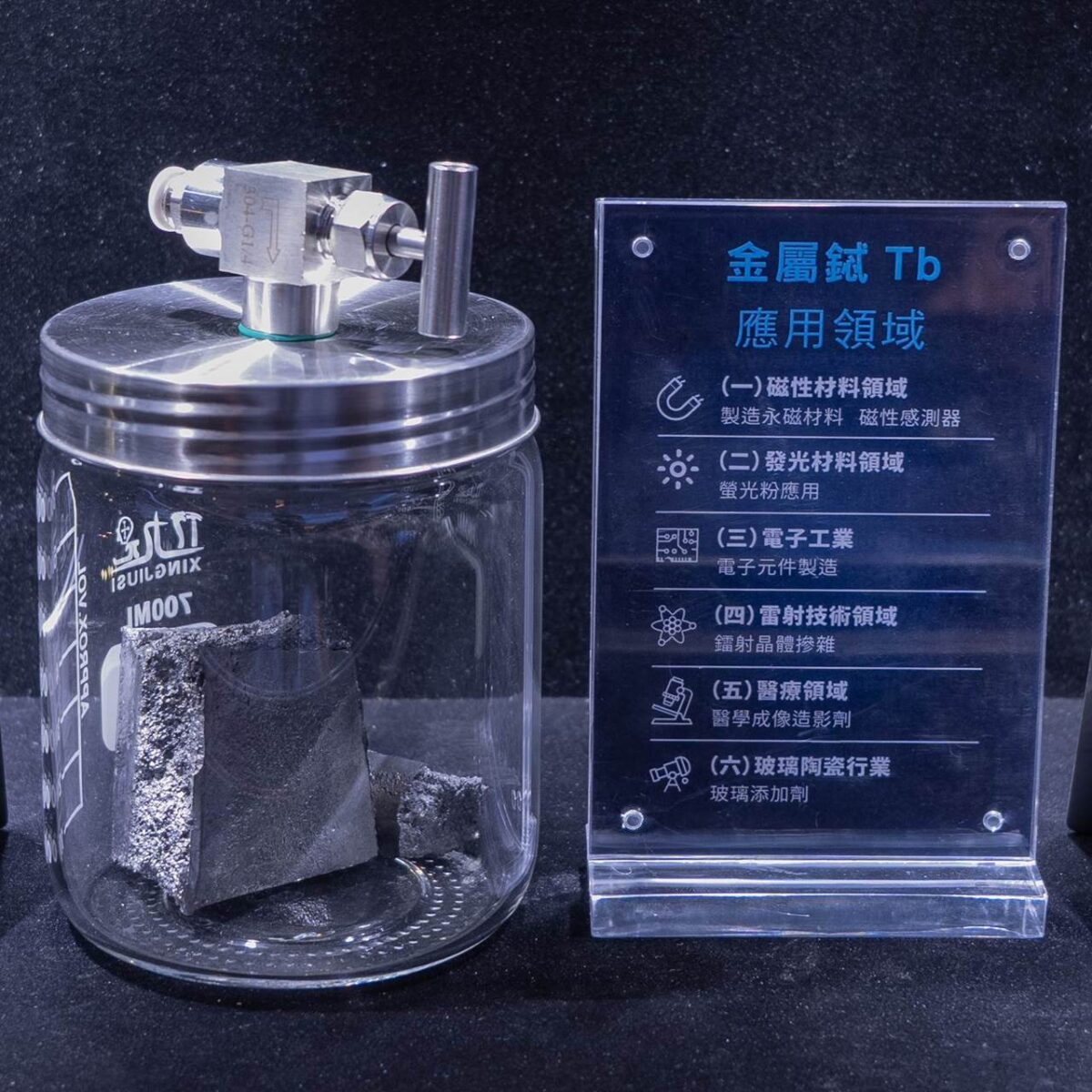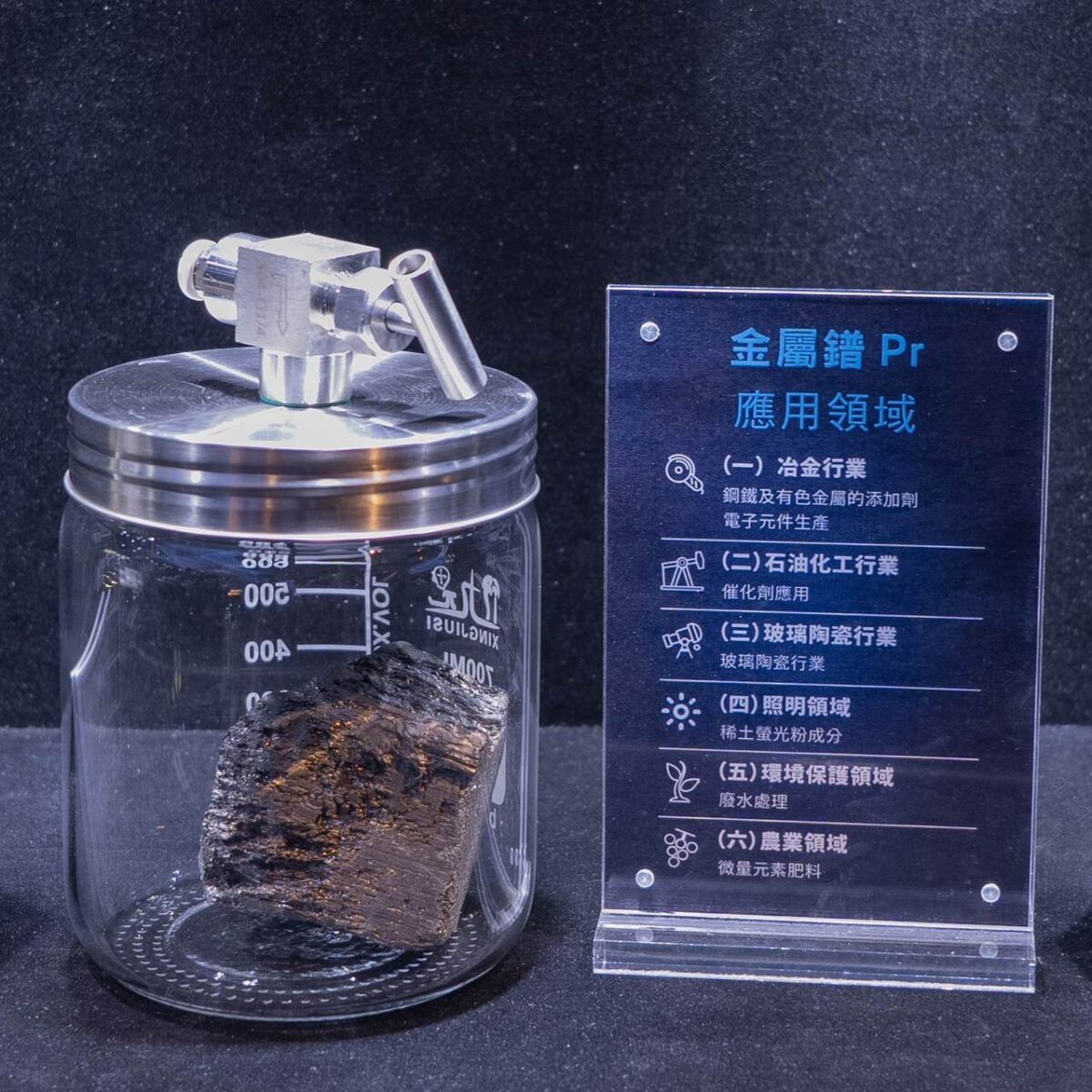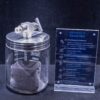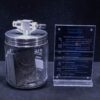Neodymium
Melting and boiling points
The melting point of neodymium is 1021℃, and its boiling point is as high as 3074℃. This range of melting and boiling points allows it to adapt to certain high-temperature processing and application scenarios. The high boiling point ensures its stability in high-temperature environments, laying the thermal foundation for its applications in many industrial fields.
Density and hardness
Its density is approximately 7.01g/cm³, and it has a moderate hardness with a Mohs hardness of about 5.5. It possesses certain mechanical properties, can withstand certain external forces during processing, and can be shaped through conventional forging and rolling processes to meet different production needs.
Ductility and electrical conductivity
Neodymium has a certain ductility and can be processed into different shapes such as thin sheets and fine wires, facilitating subsequent industrial application operations. It is a metallic conductor, although its electrical conductivity is slightly weaker than that of common conductive metals (such as copper and aluminum), it can still meet the needs of some industrial application scenarios with low requirements for electrical conductivity.
Oxidation states and reactivity
The common oxidation state of neodymium in compounds is +3, and it is chemically active. It can react with oxygen in the air at room temperature, gradually forming an oxide film on the surface, which can to some extent slow down the rate of its further oxidation. Under conditions such as heating, and contact with acids or bases, neodymium will undergo corresponding chemical reactions more noticeably.
Reaction with acids and bases
Neodymium can react with common acids such as dilute hydrochloric acid and dilute sulfuric acid to form corresponding neodymium salts (such as neodymium chloride, neodymium sulfate, etc.) and release hydrogen gas. When in contact with alkaline solutions, it will also undergo chemical reactions, demonstrating its characteristics as an active metal in acid-base reactions and following the general rules of active metals reacting with acids and bases.
Metallurgical Industry
Additive in steel and non-ferrous metals
In steel production, the addition of an appropriate amount of neodymium can serve as a deoxidizer and desulfurizer, effectively purifying the steel melt and thereby improving the quality of steel. Moreover, neodymium can refine the grain size of steel, enhance its toughness, wear resistance, and corrosion resistance, allowing steel to better perform in fields such as construction and mechanical manufacturing. The addition of neodymium to non-ferrous metals such as aluminum and magnesium also helps to improve their casting properties, mechanical properties, and oxidation resistance. For example, in aluminum alloys, neodymium can increase their strength and heat resistance, expanding their application range.
Rare earth permanent magnet materials
Neodymium is one of the core elements for manufacturing rare earth permanent magnet materials, especially neodymium-iron-boron (NdFeB) permanent magnets. They have the advantages of extremely high magnetic energy products, strong coercivity, and good cost-performance ratio, and are widely used in many fields such as motors, generators, electric vehicles, wind power generation equipment, consumer electronics (such as mobile phones, computer hard disk drives, etc.), and medical devices. They can provide strong and stable magnetic fields for these devices, greatly improving their work efficiency and performance.
Electronic Industry
Manufacture of electronic components
In the manufacture of some electronic components (such as electronic transformers, inductors, etc.), neodymium can be used as raw material for further processing and extraction to manufacture neodymium-containing electronic components. Neodymium-containing electronic components often have unique electromagnetic properties, such as high magnetic permeability and low magnetic loss, which can well meet the needs of modern electronic devices constantly developing towards miniaturization and high performance. They are widely used in various electronic devices such as smartphones, computers, and communication base stations.
Lighting Field
Application of rare earth phosphors
Neodymium is one of the important components for manufacturing rare earth phosphors. When combined with other elements, it can be made into phosphors of different colors and excellent performance, which are used in lighting products such as fluorescent lamps and LED lamps. They can improve light emission efficiency, color rendering, and service life of the light, creating a higher-quality lighting environment for people.
Laser Technology Field
Laser crystal doping
In the field of laser technology, neodymium can be used as a key doping element in laser crystals. For example, neodymium-doped yttrium aluminum garnet (Nd:YAG) crystals can produce high-power, high-frequency laser beams under external energy excitation, which can be applied to many laser application scenarios such as laser cutting, laser welding, laser medicine (such as laser surgery, laser physiotherapy, etc.), and laser ranging, playing an important role in promoting the development of laser technology and expanding its application range.
Glass and Ceramic Industry
Glass additive
The addition of neodymium in the glass manufacturing process brings many benefits. For optical glass, neodymium can absorb light of specific wavelengths and change the optical properties of the glass, which can be used to manufacture optical elements such as color filters and polarizing mirrors. In architectural glass, neodymium can enhance the radiation resistance of the glass, making it more suitable for special environments, such as observation windows in nuclear power plants. In ceramic production, the addition of neodymium helps to improve the color, hardness, and high-temperature resistance of ceramics, improving the quality of ceramic products and is often used in the production of high-grade ceramic products.
Medical Field
Medical imaging contrast agents
Some compounds of neodymium have potential application value in the field of medical imaging. After special treatment, they are expected to be used as contrast agents to help doctors more clearly observe the internal tissues and lesions of the human body. However, most of the related applications are currently in the research and exploration stage and have not been widely used in clinical practice.

